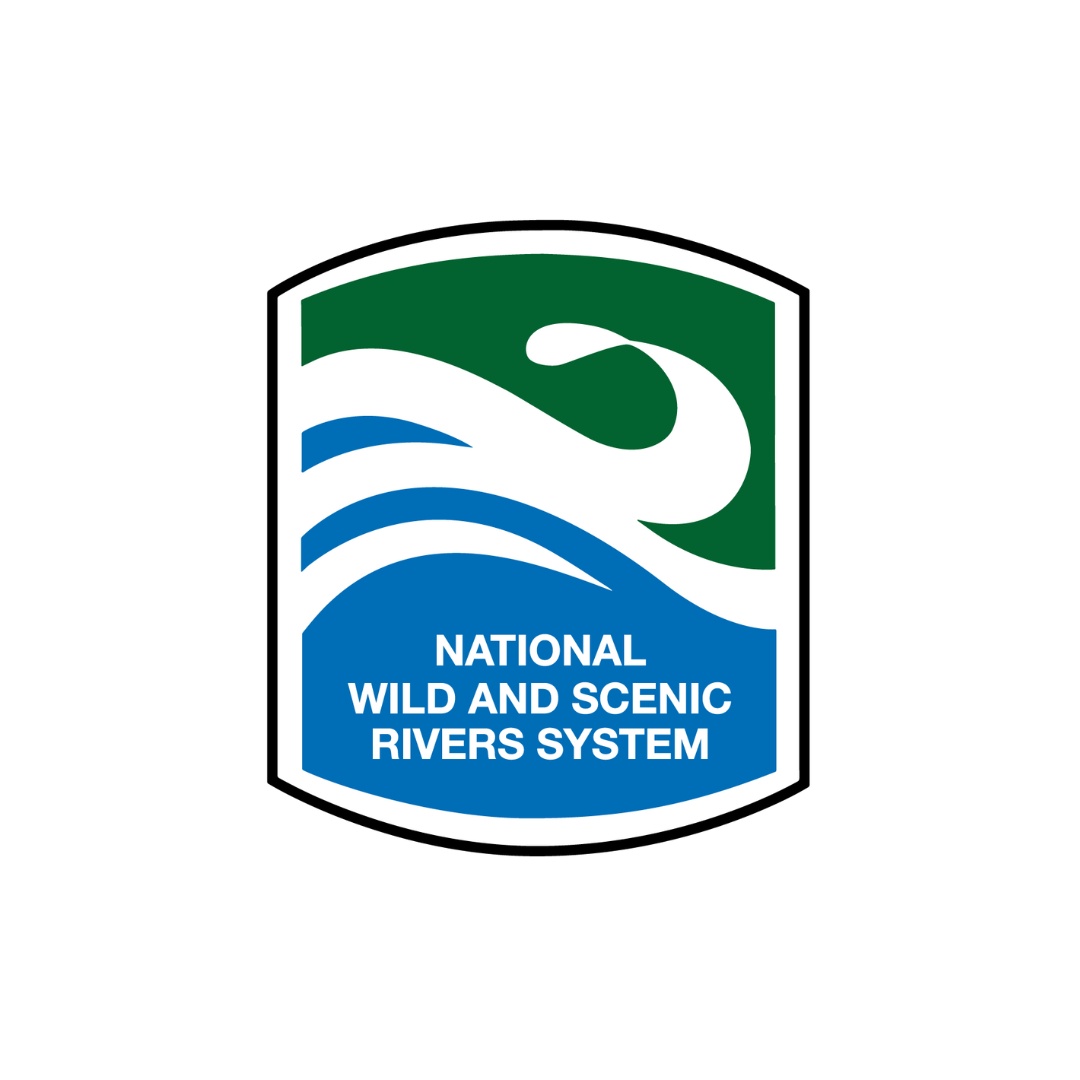Class II-III Chattooga River, SC/GA
Chattooga Section 3 (Earls Ford Access to Highway 76 Bridge Access)
Flowing through three states and the Ellicott Rock Wilderness, the Chattooga is recognized as one of the Southeast's premier whitewater rivers. It begins in mountainous North Carolina as small rivulets, nourished by springs and abundant rainfall. High on the slopes of the Appalachian Mountains is the start of a 50-mile journey that ends at Lake Tugaloo between South Carolina and Georgia, dropping almost 1/2-mile in elevation.
The river is one of the few remaining free-flowing streams in the Southeast. The setting is primitive; dense forests and undeveloped shorelines characterize the primitive nature of the area. No motorized vehicles are permitted within a corridor about 1/4-mile wide on either side of the river. Visitors must rely on their own skills and strength rather than on motorized equipment. Man-made facilities are minimal, consisting primarily of hiking trails.
Section 3 is a beautiful section of river. Since the Chattooga is a National Wild and Scenic River the river corridor is protected by a 1/4 to 1/2 mile buffer zone where development is not allowed. There are few permanent signs of humans from the route 28 bridge to route 76 bridge. You may see tents and a campsite or two but no roads, houses, convenience stores, or fast food restaurants.
The access points (other than those at the bridges) are set back 1/4 mile or further from the river so that you will have to carry your boat for a while. There is a self-permit system (no fee), where you fill out the form, drop a copy at the box near the put-in and carry the other copy with you down the river.
For More Information Visit: Chattooga River - rivers.gov
Section Details
| Trip Length | 13.0 Miles |
| Fishing | Yes |
| Camping | Yes |
| Manager | U.S. Forest Service, Sumter National Forest |
| Wild & Scenic | Yes |
| Water Trail | No |
| Partner Information |
https://www.rivers.gov/river/chattooga
https://www.fs.usda.gov/recarea/scnfs/recarea/?recid=47159 |
| Description | American Whitewater |

Photo Credit: USFS
